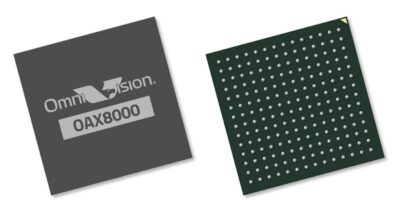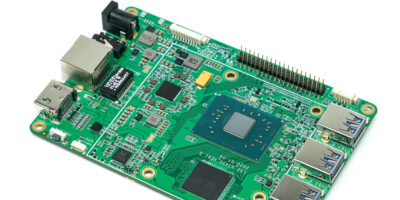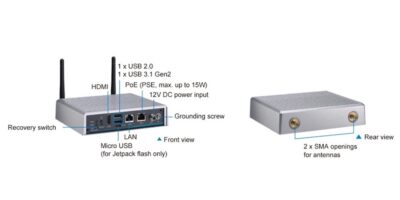Electronic component distributor, Digi-Key Electronics, has announced that it is an official Raspberry Pi authorised distributor – effective immediately.
It will carry full line of Raspberry Pi products. To date, over 36 million platforms have been sold and used by developers and makers for prototyping to production-ready designs.
Raspberry Pi’s full line of products includes low cost, high performance computers and development boards designed to help users of all levels with computing and digital making. Raspberry Pi has been adopted by education establishments for students, makers and by start ups and established OEMs.
“We are excited to offer the entire Raspberry Pi product portfolio to Digi-Key’s customers around the globe,” said David Sandys, director of technical marketing at Digi-Key. “Raspberry Pi truly shares our commitment to come alongside engineers around the world and inspire them as they take their innovations from ideation through design and prototyping to production,” he added.
For Raspberry Pi, it opens up horizons and customer opportunities. “We have continued to see a huge acceleration in the use of Raspberry Pi products across a wide range of industrial applications, so we are very excited to add Digi-Key as an authorised distributor focused on serving the industrial market for us globally,” said Mike Buffham, chief commercial officer at Raspberry Pi.
“Digi-Key will stock the complete range of Raspberry Pi products, including the recently released Compute Module 4 range, which we believe is ideally suited to Digi-Key’s global customers,” he enthused.
Raspberry Pi provides low cost, high performance computers that people use to learn, solve problems, and have fun. Raspberry Pi provides outreach and education to help more people access computing and digital making. The company develops free resources to help people learn about computing and how to make things with computers, and train educators who can guide other people to learn.
Digi-Key Electronics is an authorised, global, full service distributor of electronic components, headquartered in Thief River Falls, Minnesota, USA. It provides access to unlimited adjacent products and technologies through the online Marketplace. The distributor offers more than 11.5 million components, with over 2.6 million in stock and available for immediate shipment, from over 1,500 name-brand manufacturers.
In addition, Marketplace Product provides a shopping experience for all things related to technology innovation — IoT, industrial automation, test and measurement and more.







